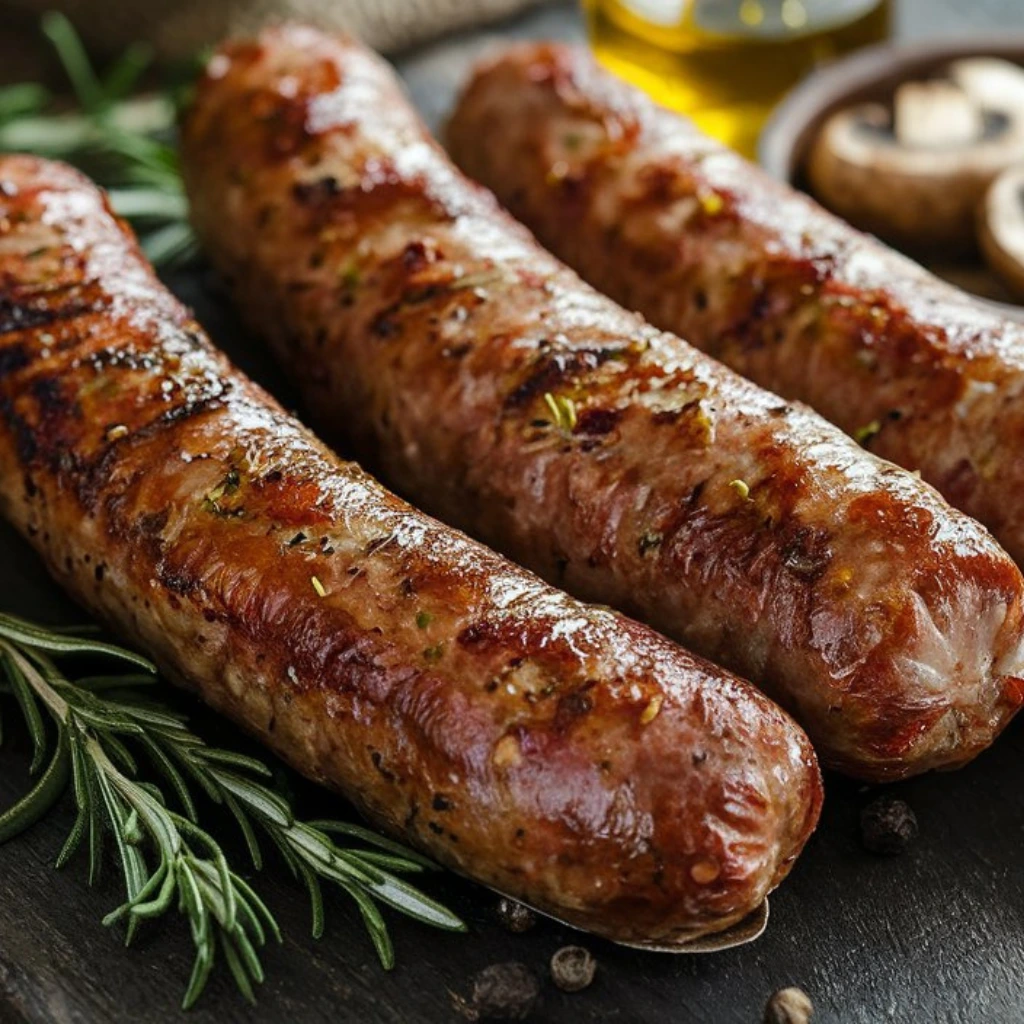Making hot sausage at home delivers impressive results. A single 20-pound batch of ground pork yields about 80 servings of delicious sausage. I found that there was a way to create sausage that saves money and gives complete control over ingredients.
The composition of hot sausage remains surprisingly simple. Salt stands out as the key ingredient, unlike exotic spices, because it develops a proper texture and helps retain moisture. On top of that, it allows customization of fat content from 20% in leaner varieties to nearly 35% in richer types to match your priorities exactly. You can explore authentic regional tastes without preservatives or fillers – from New Orleans hot sausage (also known as chaurice) with its Creole roots to Italian varieties that blend sweet and hot flavors.
Let me walk you through everything you need to know to craft hot sausage that tastes better than anything store-bought.
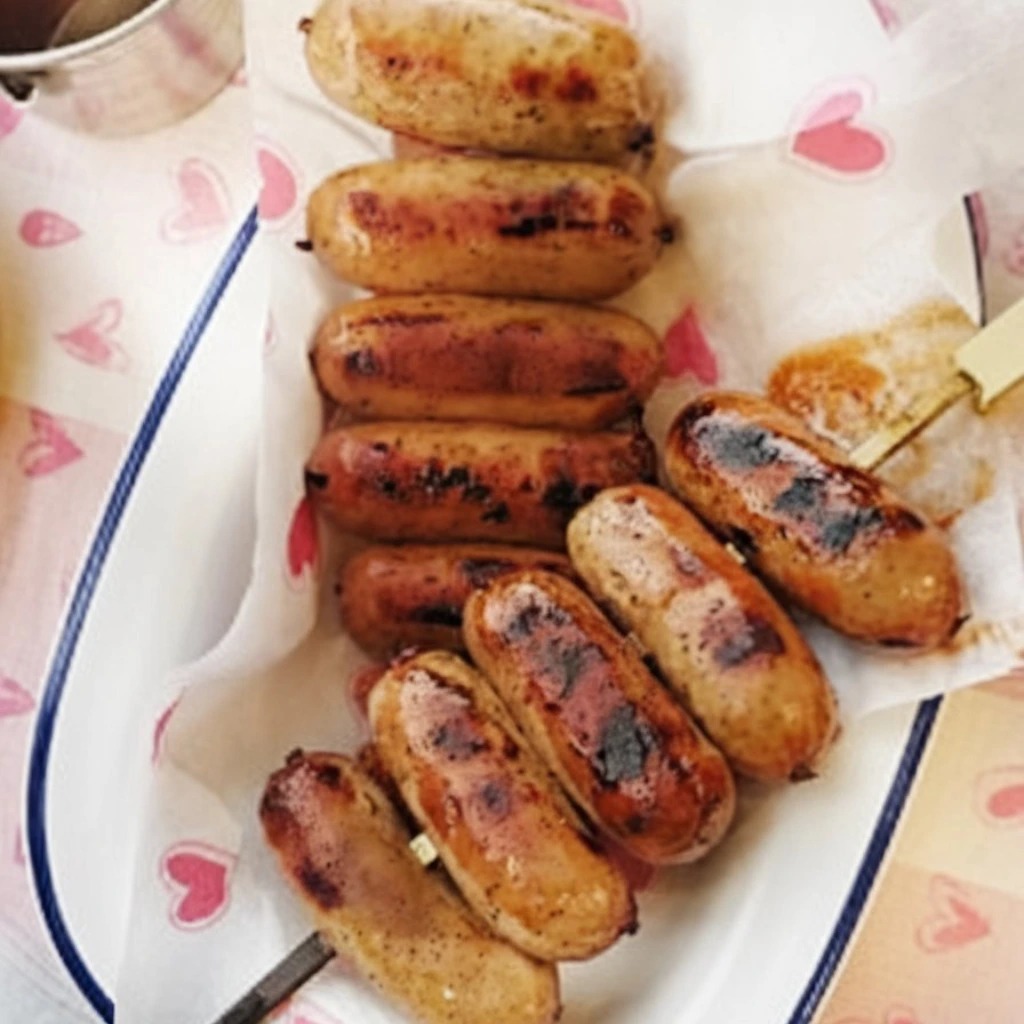
What is Hot Sausage and Why Make It at Home?
Hot sausage can turn simple ingredients into something extraordinary. Unlike mild versions, it packs a punch that lifts everyday meals into memorable experiences.
What is hot sausage made of?
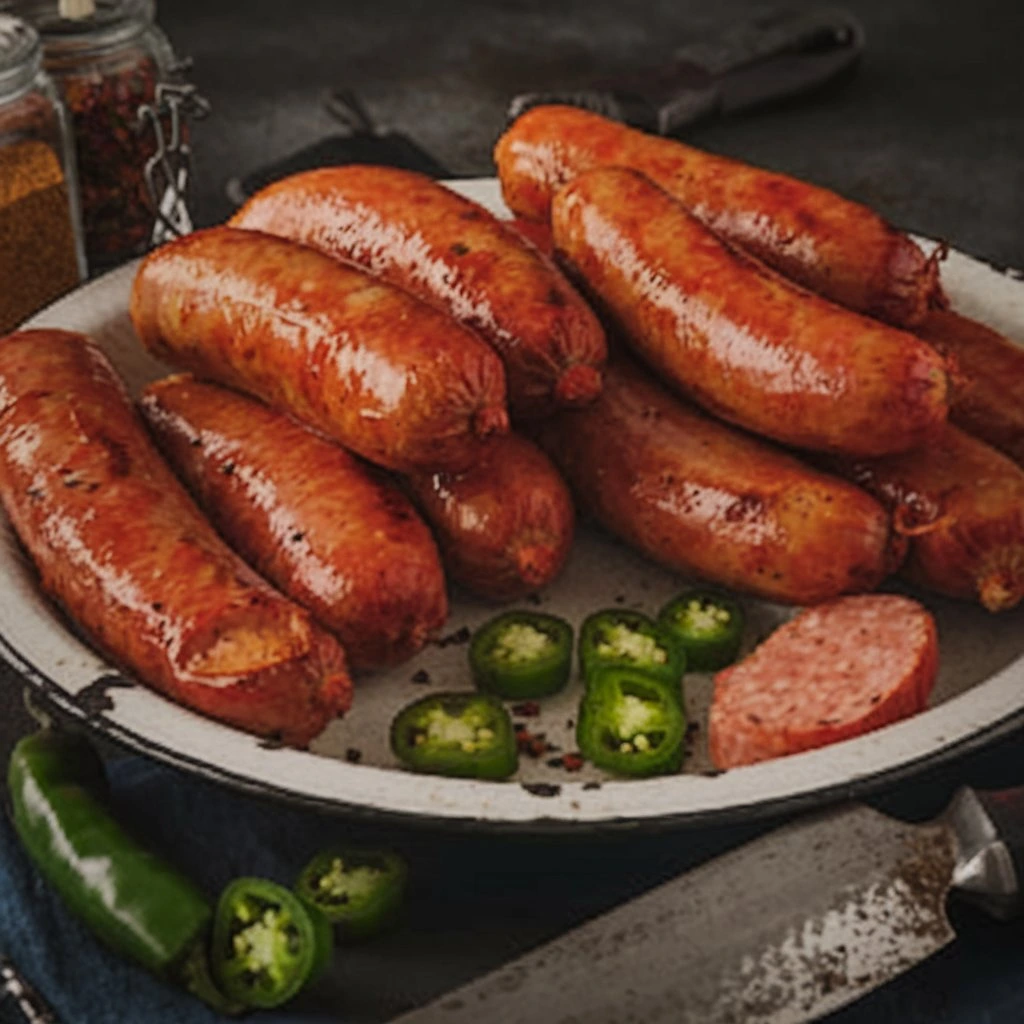
Hot sausage starts with ground meat – usually pork, though beef or chicken work well too. The heat comes from cayenne pepper, red pepper flakes, or paprika, which give the sausage its spicy kick and reddish color. The recipe balances these spicy elements with garlic, onions, salt, and black pepper.
Italian hot sausage brings fennel seeds and anise that create a distinctive licorice flavor, plus paprika and cayenne for color and heat. New Orleans hot sausage (or “chaurice” in French) combines cayenne pepper, paprika, and local spices to create its unique taste.
Why homemade beats store-bought
Making sausage at home is a chance to create something special. Homemade versions taste better and have more complex flavors than what you’ll find in stores. You can adjust the garlic or heat levels just the way you like them.
Homemade sausage lets you know exactly what’s inside. Store-bought versions often contain fillers, preservatives, and questionable ingredients – the USDA permits “hearts, lips, lungs, and bits and strips, and other avert-your-eyes things” in commercial sausages. Your own recipe means you control the quality.
Budget-friendly options make this even more appealing. Premium store-bought specialty sausages can cost up to $7.99 for just 10 ounces. Making them at home costs 2-3 times less.
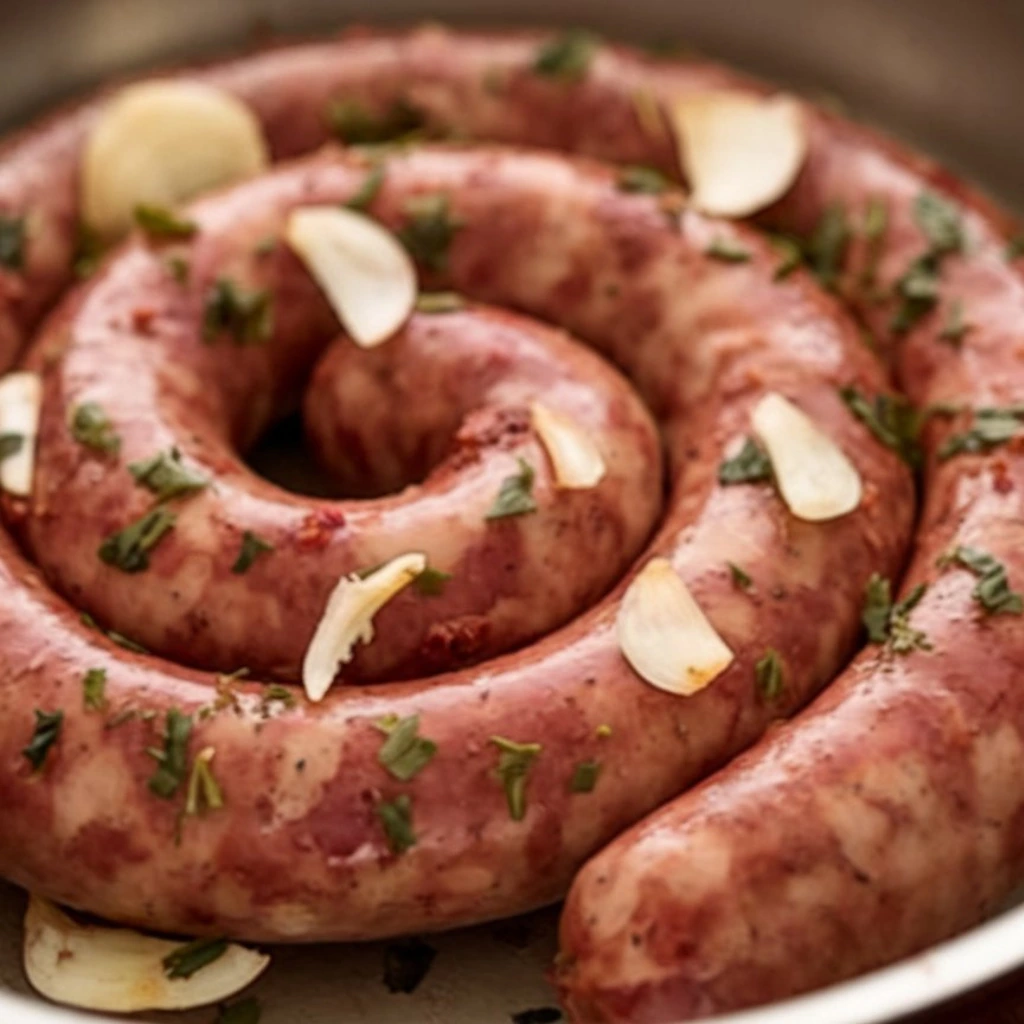
Types of hot sausage: Italian, New Orleans, and more
Italian hot sausage leads the pack as North America’s favorite. Pork mixed with fennel, anise, coriander, and pepper creates the base, while cayenne or red pepper flakes bring the heat. This sausage tastes great in pasta, on pizza, or served on its own.
New Orleans hot sausage tells a different story. This Southern creation mixes pork or beef with cayenne, paprika, and regional spices. Locals love it in po’boys – served on French bread with melted American cheese, mayo, lettuce, tomato, and extra toppings.
Smoked Cajun sausage (America’s take on French Andouille) and Spanish chorizo with its rich paprika flavor round out the notable varieties.
The Science Behind Great Sausage Texture
The science behind what makes hot sausage’s texture so distinctive helps you create an exceptional product. Let’s look at everything that changes ground meat into that perfect sausage bite.
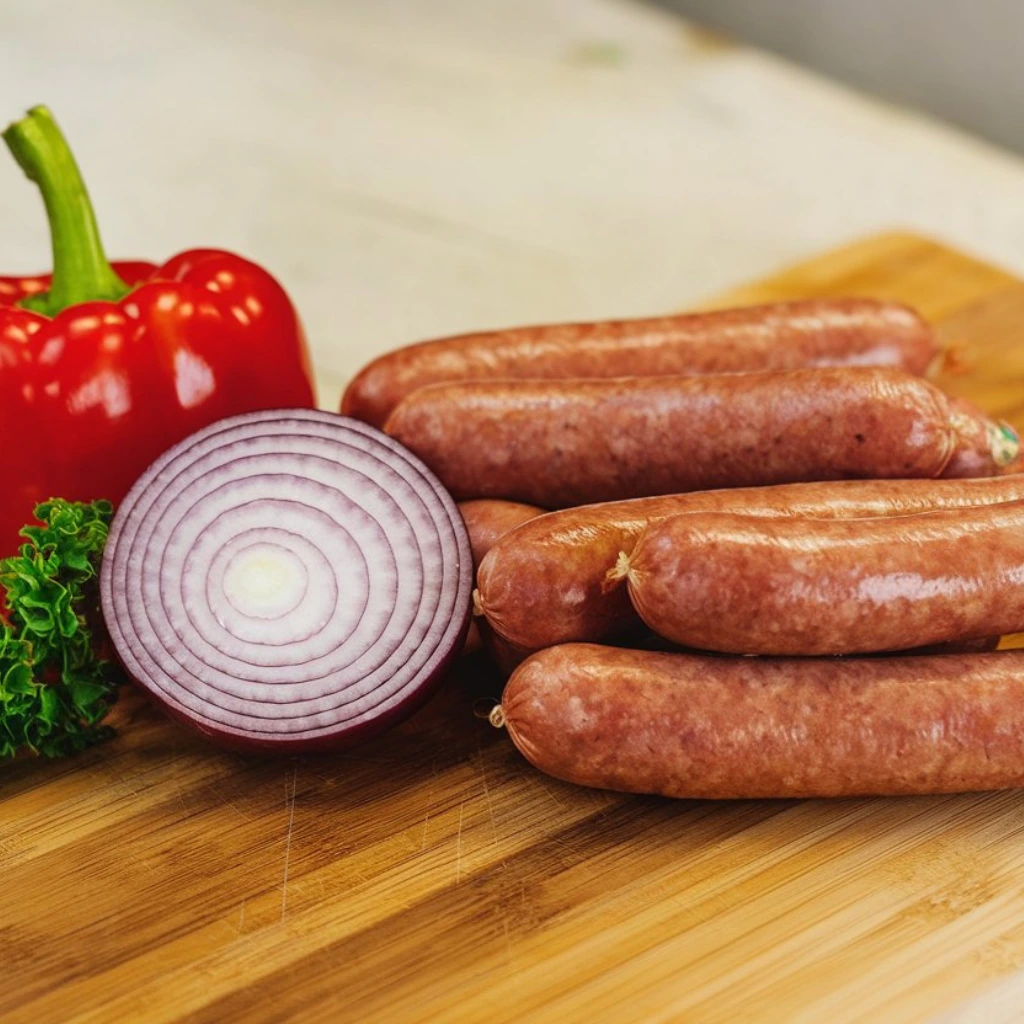
Why is salt the most important ingredient
Salt works harder than just seasoning your hot sausage. We discovered it dissolves in water and helps the water-binding capacity of meat proteins. This reaction is a vital one – salt extracts myofibrillar proteins (especially myosin) from meat fibers and creates a cohesive “gel” that binds the sausage together. Your hot sausage mixture won’t properly bind without enough salt. The result is a crumbly, dry texture instead of that juicy, cohesive bite.
The optimal amount ranges between 1.8-2.2% salt by weight. This precise measurement creates the best texture without overwhelming flavor. The proteins in your hot sausage form a strong matrix that traps both moisture and fat with proper salting.
How resting time affects moisture and flavor
Your hot sausage mixture needs proper rest before cooking to distribute moisture. The dry ingredients fully hydrate and flavors blend together during this time. The salt keeps drawing out proteins and redistributing moisture throughout the sausage at the same time, You let the meat mixture rest overnight in the refrigerator.
Resting remains nowhere near less important after cooking. The muscle meat relaxes and reabsorbs cooking juices as hot sausage cools. The core temperature increases by up to 5°C (9°F) during this resting phase. This completes the cooking process while keeping moisture locked in.
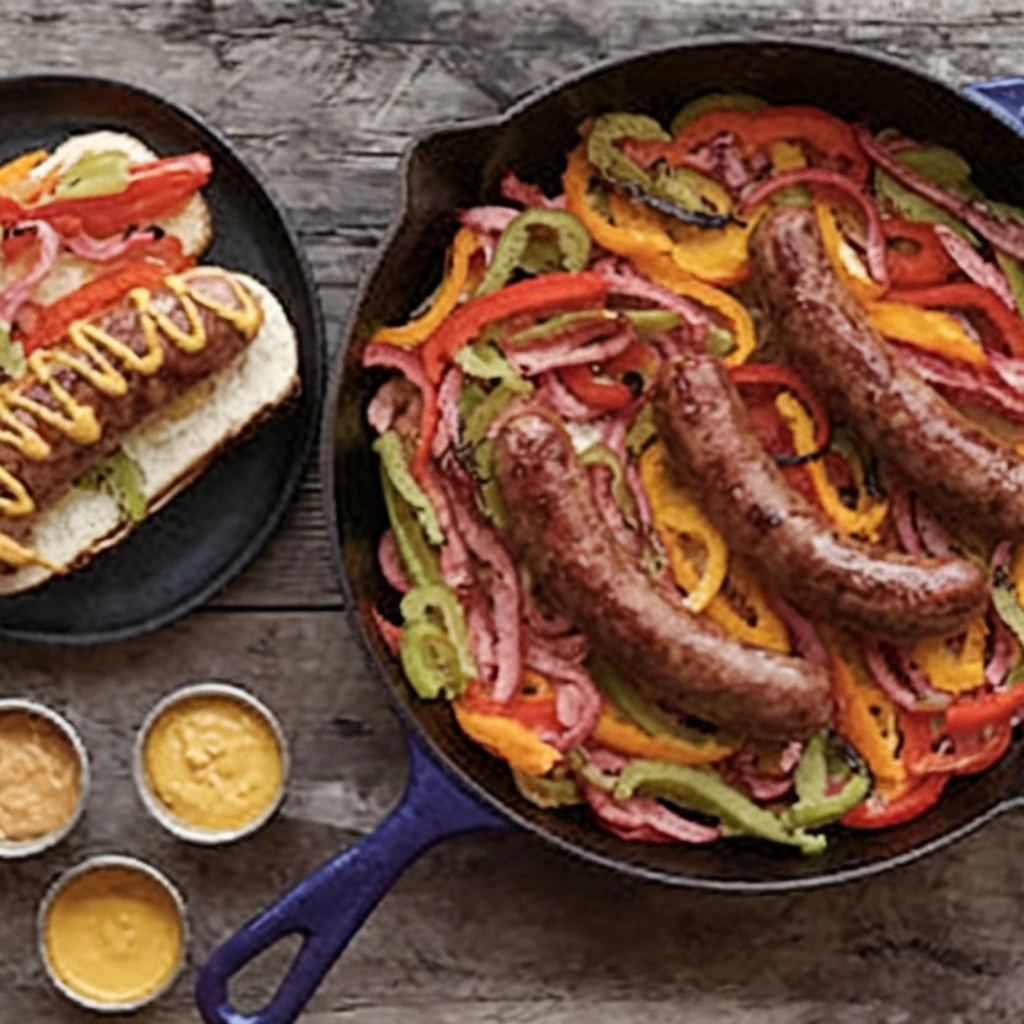
The role of fat and protein in sausage structure
Hot sausage needs 25-30% fat to avoid tasting dry. The fat creates juiciness and flavor that contributes to mouthfeel and lubrication. The fat renders as proteins break down during cooking, and adds moisture and richness to your finished hot sausage.
Protein structure works with fat to create an ideal texture. Myosin coagulates at approximately 50°C (120°F) and encases both meat and fat particles. Pork fat starts melting as temperatures reach 55-60°C (130-140°F). This releases juices that the protein matrix captures. This structure gives your hot sausage that perfect “snap” and burst of flavorful juices with each bite.
Step-by-Step: How to Make Hot Sausage at Home
Making delicious hot sausage at home isn’t complicated once you understand the basics. You’ll create sausage that tastes better than anything from the store with the right ingredients and techniques.
Choosing the right meat and fat ratio
The best hot sausage needs a meat-to-fat ratio between 70/30 and 80/20. This balance will give a juicy sausage with the perfect texture. Pork butt (shoulder) works great as a base since it naturally has about 75% lean meat to 25% fat – just right for sausage making.
You’ll need to add extra pork fat when using leaner meats like wild game or chicken to hit that sweet spot. Your sausage will end up dry and crumbly without enough fat. On top of that, it’s best to use pork fat instead of beef fat since pork fat renders at 155-160°F while beef fat melts at a lower 140°F.
Essential tools: grinder, mixer, or food processor
You’ll need a meat grinder at a minimum. KitchenAid attachments work fine for small batches, but dedicated grinders handle meat better. Serious sausage makers should get a standalone grinder with at least 1/2 horsepower for the best results.
The original grind should go through a coarse (3/8″) plate first, then through a fine (1/8″) plate. A dedicated sausage stuffer works better than grinder attachments and helps you get the texture right.
The most important thing is to keep all equipment and meat very cold. Put grinder parts in the freezer before use and keep meat near freezing to avoid “smear” – when fat breaks down and ruins the texture.
Mixing and kneading for perfect texture
Kneading creates the main bind after grinding. This protein structure gives hot sausage its unique texture. Mix hard by hand for 3-5 minutes or use a stand mixer with the paddle attachment for 1-2 minutes.
You’ll know the mixture is ready when it gets tacky and sticky. The whole batch should lift up in one piece. This shows you’ve developed enough myosin – the protein network that holds fat and moisture.
Add about 1 cup of ice-cold liquid (water, wine, or beer) and 1.5 ounces of salt by weight for every 5 pounds of meat.
Flavoring options: sweet, spicy, or smoky
Traditional hot Italian sausage uses fennel seed, garlic, black pepper, and red pepper flakes. You could also make New Orleans-style hot sausage with cayenne, paprika, and regional spices.
Try frying a small patty before stuffing the whole batch to test seasonings. This lets you adjust heat levels and overall flavor easily.
Sweet ingredients like maple syrup or brown sugar work great with heat. Smoked paprika adds depth without needing smoking equipment. Just remember that salt levels (between 1-2% of total weight) matter, whatever flavors you choose.
How to Cook and Store Your Hot Sausage
Your perfect hot sausage needs proper cooking and storage techniques to keep its flavor and texture intact. Let me show you how to make the most of your homemade creation.
How to cook hot sausage: pan, grill, or oven
Professional chefs use a two-step method to cook hot sausage perfectly. The sausages should simmer in water until they reach a gentle bubble, which takes about 6-8 minutes. The next step involves searing them in a hot pan to achieve color and crispness without losing moisture. This method will give a juicy interior and a beautifully browned exterior.
These proven methods also work well:
- Stovetop: Add links to a skillet with water and bring them to a simmer. Cook covered for 10-12 minutes. Let the water evaporate and continue cooking until brown.
- Oven: Set sausages on a foil-lined sheet in a cold oven. Heat to 350°F and cook them for 25-35 minutes until they reach an internal temperature of 160°F.
- Grill: Set your grill to 375°F and cook with the lid closed. Turn occasionally until you see uniform browning, which takes 15-20 minutes.
Tips for freezing and storing sausage
Raw hot sausage stays fresh in the refrigerator for 1-2 days. Cooked sausage lasts 3-4 days when kept below 40°F in the refrigerator.
Freezing makes sausages last much longer. Place individual sausages on a parchment-lined tray and freeze them for about 2 hours before packaging. This step prevents them from sticking together. Each package needs a label with contents and date. Store at -18°C and use within 3-4 months.
Thawing requires care – never leave sausage at room temperature. We recommend using the refrigerator method overnight. Cold water or microwave work if you plan to cook right away.
Using hot sausage in meals: pizza, pasta, po’boys
Hot sausage revolutionizes everyday dishes. A quick weeknight pasta comes together by sautéing sausage with onions until brown. Add broth, tomatoes, cream, and pasta to create a delicious one-pan meal.
New Orleans’s signature hot sausage po’boys are unmatched. Split the links lengthwise and layer them on French bread. Add mayonnaise, shredded lettuce, tomato, pickles, and onions for authentic flavor.
Hot sausage makes pizza special when paired with sautéed peppers and onions. This combination brings out its spicy character beautifully.
Conclusion
Hot sausage making at home turns simple ingredients into something extraordinary. This piece explores how the right meat-to-fat ratios, exact salt measurements, and tailored spice blends create sausage better than store-bought versions. The science of protein extraction and fat incorporation explains that perfect snap and juicy, flavorful bite in every homemade sausage.
The beauty of making sausage at home lies in quality control and cost savings. A single batch produces dozens of servings that cost much less than gourmet prices. These homemade versions add distinctive character to pizzas, pastas, and po’boys – something you can’t get from commercial alternatives.
The process might look technical initially, but it becomes natural after a few tries. Cold equipment, proper grinding, and the right mixing time are the foundations of success. You can customize flavors endlessly – from Italian-style with fennel to New Orleans versions with their signature Creole spices.
Homemade hot sausage ended up being one of my most rewarding kitchen projects. The process gives you more than just delicious food – it connects you with centuries-old traditions of meat preservation and flavor maximization. Start your sausage-making journey today, and watch your family meals transform forever.
FAQs
Q1. What are the key ingredients for making flavorful hot sausage at home? The most important ingredients are high-quality meat (usually pork), salt, and spices. The meat-to-fat ratio should be around 70/30 to 80/20 for optimal juiciness. Spices like cayenne pepper, red pepper flakes, or paprika provide heat, while aromatics like garlic and fennel add depth of flavor.
Q2. How does homemade hot sausage compare to store-bought versions? Homemade hot sausage is often superior to store-bought versions. It allows for complete control over ingredients, avoiding fillers and preservatives. You can customize flavors and heat levels to your preference, and it’s typically more cost-effective, especially for gourmet varieties.
Q3. What’s the secret to achieving the perfect sausage texture? The secret lies in proper salt content (1.8-2.2% by weight) and adequate mixing. Salt helps extract proteins that bind the sausage together, while thorough mixing creates the right texture. Keeping equipment and meat very cold during preparation is also crucial for ideal texture.
Q4. How should I cook homemade hot sausage? A two-step method works well: first, simmer the sausages in water for 6-8 minutes, then sear them in a hot pan for color and crispness. Alternatively, you can cook them in the oven at 350°F for 25-35 minutes or on a grill at 375°F for 15-20 minutes, until they reach an internal temperature of 160°F.
Q5. How long can I store homemade hot sausage? Raw homemade hot sausage can be refrigerated for 1-2 days. If cooked, it will last 3-4 days in the refrigerator. For longer storage, freeze the sausages individually on a tray before packaging them together. Properly frozen sausages can last 3-4 months in the freezer at -18°C.

